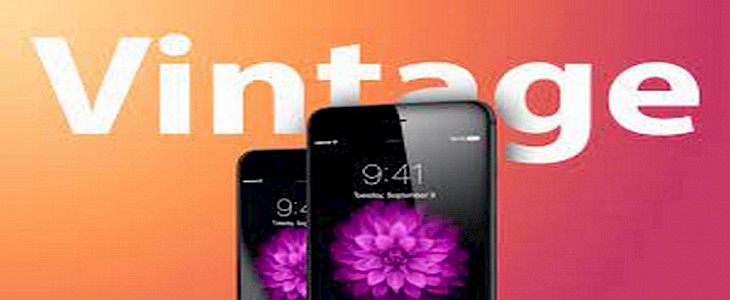
The first-ever iPhone, the first-ever iPad, the translucent iMac, and the very first iPod Shuffle.
Do you know what they all have in common?
Well, apart from being some of the most recognizable products by Apple, all of these above-mentioned gadgets are now a part of the prestigious apple Hall of Fame.
Also known as the Vintage List.
Year after year some of the other devices from Apple get discontinued. Some of them are forgotten, whereas some of them which have made the most impact in the market end up in this Vintage List.
And, the iPhone 6 and 6 plus are some of the very few devices that have crawled their way to this Hall of Fame.
The News:
Apple has changed its list of vintage and outdated products. As part of the modifications, Apple is adding the iPhone 6 Plus to the category of phones currently regarded as "vintage" across the globe.
Apple launched its iPhone 6 Plus back in September 2014, along with its predecessor, the iPhone 6.

It was discontinued by the company almost 2 years later, in September 2016, when it introduced the iPhone 7, the iPhone 7, and the iPhone 7 Plus series of smartphones.
The iPhone 6 was still available. Apple kept offering its iPhone 6 to interested buyers. This is the reason it isn't in Apple's vintage or obsolete product lists.
Alongside updating its old list of products, Apple has also added its fourth-generation iPad to its list of products that are considered obsolete in the world.
The fourth-generation iPad was introduced in 2012.
The report from MacRumors states that the fourth-generation iPad was designated as obsolete internally until November of 2021. But Apple hadn't made any changes to the iPad's public release until this year.
In addition, this iPhone 6 series was the first series to come in a variety of sizes.
Also, it was the very first iPhone series to provide the ability to use Apple Pay.
In the years since capabilities have become a standard offer for Apple, iPhones are related.
The fourth-generation iPad, however, was unveiled in November of 2012, in contrast, and this was the very first iPad to have a Lightning connector.
Other notable iPhones that made their way onto the Vintage List
iPhone: June 29, 2007
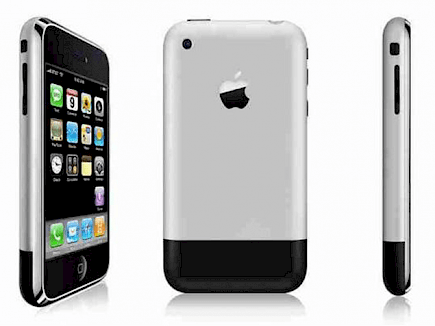
Do you think 16GB is the maximum amount you could store on the first iPhone? Indeed, there wasn't enough data on the iPhone at the time, and certainly not an app store.
However, you could access the internet through a display you could look at it on, which was different from the slide phones of the day.
The camera could only hold 128 megabytes of memory.
The camera had 2.0 millimeters, which is so terrible. But it was a phone with a camera.
iPhone 3G: July 2008
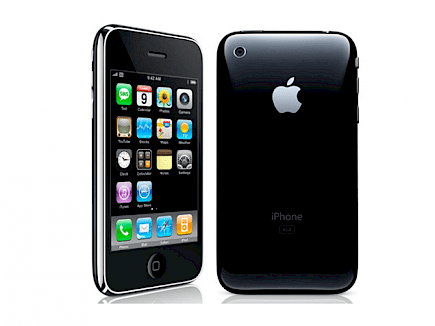
In terms of internal specs, as internal specs go, the iPhone 3G was not that different from its predecessor.
But it is an app store that made a difference. The iPhone was named after its 3G connectivity.
This meant access to the internet, which you could connect to without having to throw your iPhone over the wall.
iPhone 3GS: June 19, 2009
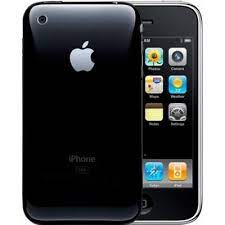
Apple added 32GB storage to the iPhone 3GS, doubling the capacity of the original iPhone.
The introduction of the App Store quickly changed the game. Between music, photos, and apps, 16GB was not enough. The camera was upgraded to 3 MP and included video recording.
Apple also included Voice Control, although we'd need to wait for a couple more years to see the arrival of Siri.
iPhone 4: June 24, 2010
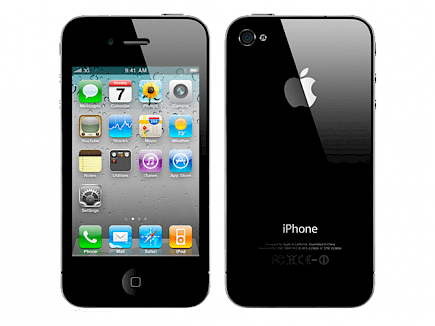
We're finally getting there. This iPhone 4 was the first iPhone with a front-facing camera.
It was a surprise to Apple that selfies would soon be the norm in the world. In addition, the iPhone 4 also got a Retina display.
With the capacity of 512 MB of memory, the iPhone 4 was able to manage a lot better than the iPhone 3GS, which only had 256 MB of memory.
It's easy to see that the technology began to appear like something we were used to. However, 32 GB was the limit of memory the iPhone could store.
iPhone 4S: October 14, 2011
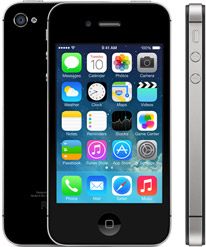
Talk about a significant distinction between the iPhone 4 and the iPhone 4S.
The camera increased from 5 megapixels to a whopping 8 MP. The iPhone 4S now has an upgrade. Apple also launched the option to store 64 GB of data.
However, the memory was kept at just 512 milli-bytes. The video could then be recorded at 1080p.
Oh, and we must mention, hello, Siri! Apple sold 4 million units of the iPhone 4S in its first week.
iPhone 5: September 21, 2012

Apple sold five million copies of its iPhone 5 in its first week. The camera function remained unchanged, but the memory (RAM) was increased to 1 GB.
Did you think 3G was cool?
Oh, the iPhone 5 had LTE connectivity. Hello, all over the world! Apple also announced the Lightning connector on the iPhone 5. For the first time, the screen grew!
All previous generations' screens measured 3.5 inches. However, the 5 on the iPhone 5 was 4 inches.
iPhone 5s & iPhone 5c: September 20, 2013

During the initial sales period between the iPhone 5s and the iPhone 5c, Apple sold nine million units.
Apple's iPhone 5c was intended to be a little cheaper and featured a shell of plastic. In addition, it came in four colors; however, it wasn't all that many other features were distinct.
The iPhone 5s, on the contrary, brought Touch ID, dual flash, and slow-motion videos. In addition, it had the M7 motion coprocessor, which opened up a new world of possibilities.
Additionally, it made it easier to save battery life.
iPhone 6s & 6s Plus: September 19, 2015
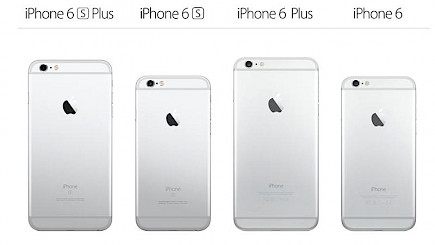
The 6s revolutionized everything. It was because it did not change all of it. But it was the same.
But on the inside, Apple upgraded the iPhone 6s quite a bit. The camera took a big leap ahead, moving from 8MP to 12MP.
The memory was increased from 1 GB to 2 GB.
In addition, after it was discovered that the iPhone 6 had some bending problems, Apple gave the iPhone 6s 7000 series aluminum to ensure that this issue did not happen again. Not to mention, 3D Touch was introduced.
Winding-up
There are still a lot of questions regarding why Apple added the iPhone 6 and its variants to the List ahead of other devices.
As of now, the first-ever touch-screen iPod and ever the first-gen Apple Watch is on the verge of discontinuation. So, why iPhone 6?
According to us, the iPhone 6 was a major player for Apple after their numerous experiments with the iPhone 5.
With iPhone 5 Apple went out of their way to make it funky and cool for the newer generation but, no matter what they did its sales were nothing compared to other iPhones.
But, iPhone 6 was something different. Bigger screen, better Touch ID, and new camera system. It was one of the best-selling smartphones back then. That’s why it made the cut.
The iPhone 6 has been out of production for quite some time now but, thanks to Apple and its Vintage List. Its legacy will live on.





